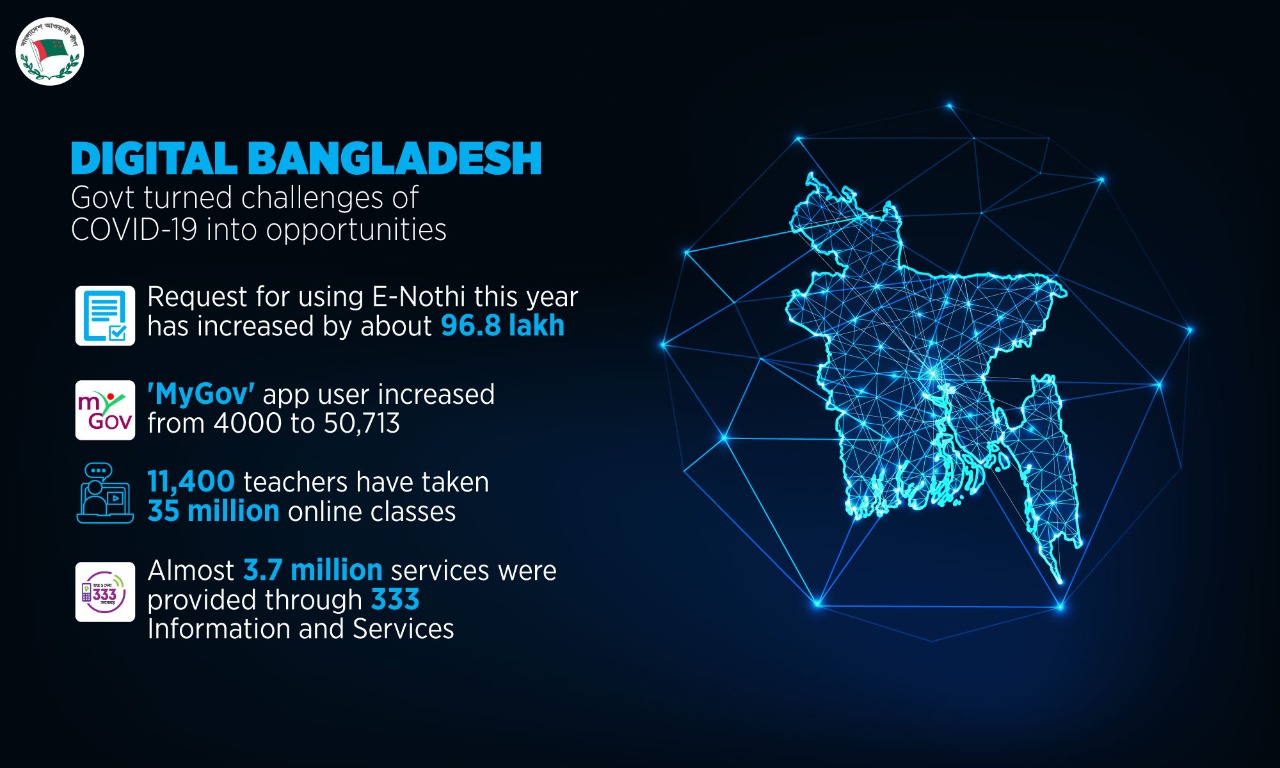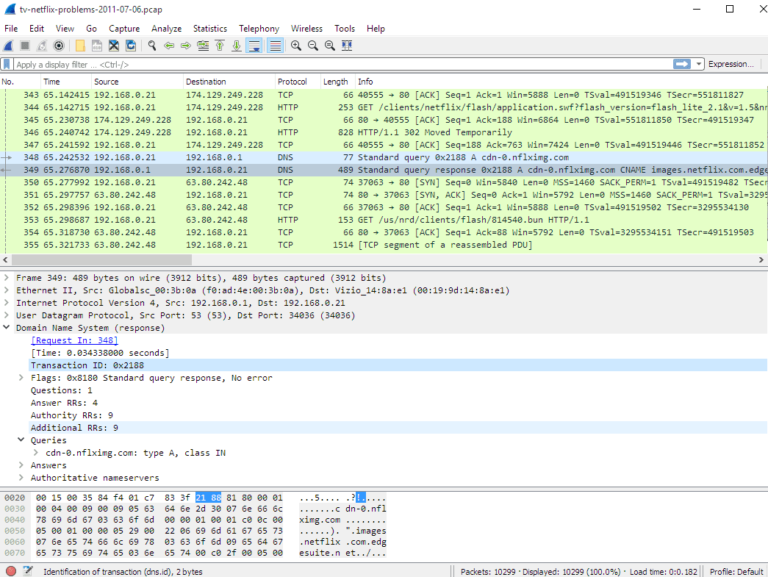Is Digital Bangladesh Achieved?
Digital Bangladesh is a vision of the Government of Bangladesh to transform the country into a knowledge-based society and an economically prosperous nation. It was launched in 2008 by the then Prime Minister of Bangladesh, Sheikh Hasina. According to the plan, the government aims to create a high-tech infrastructure and connected society in Bangladesh by 2021. The initiative seeks to leverage the use of information and communication technologies (ICTs) in order to improve access to public services, strengthen government infrastructure, and promote economic growth. The government has taken significant steps towards achieving the vision of Digital Bangladesh by investing in ICT infrastructure, launching e-governance initiatives, and encouraging the growth of the private sector. However, there is still a long way to go before the vision of Digital Bangladesh is achieved.
Overview of Digital Bangladesh
The Digital Bangladesh vision has been a powerful force for progress in the country – but is it a reality? This is an important question that needs to be answered. To understand the current state of Digital Bangladesh, it is essential to first understand what the vision is and what it means.
Digital Bangladesh is the government’s vision to make all aspects of life in the country digital, from education and health to finance and business. It seeks to create a digitally empowered Bangladesh that is better equipped to compete in the global economy and take advantage of the digital economy. It also seeks to provide citizens with access to digital infrastructure, services, and resources.
The Digital Bangladesh vision has been a driving force for the country’s progress over the past decade. The government has invested heavily in digital infrastructure and services, and citizens have seen a marked improvement in their quality of life. For example, the country has seen an increase in internet usage, mobile phone penetration, and access to online services.
However, there is still a long way to go in achieving the Digital Bangladesh vision. The government has yet to develop a comprehensive digital strategy and it is still lagging behind other countries when it comes to digital literacy and technology adoption. In addition, there are numerous challenges to digital infrastructure in the country, such as a lack of reliable internet access and a lack of skilled personnel to implement digital solutions.
Ultimately, the success of Digital Bangladesh will depend on the government’s commitment to investing in digital infrastructure and services, as well as in developing a comprehensive digital strategy that balances the needs of citizens and businesses in the country. The ultimate goal should be to ensure that the benefits of digital technology are accessible to all citizens and that the country is well-equipped to compete in the global digital economy.
The Effect of Digital Bangladesh on the Economy
Digital Bangladesh has had a transformative effect on Bangladesh’s economy. The country has made great strides in becoming an e-commerce powerhouse, with an estimated 21 million digital transactions taking place every year. The World Bank has identified the country as a leader in digital financial inclusion, with more than 70 percent of the population having access to a bank account. Additionally, the country has seen its GDP rise by an impressive 5.9 percent in the last decade, largely due to the increased use of technology.
The increased use of technology has enabled Bangladesh to create a more efficient and competitive economy. For example, the introduction of digital payment platforms, such as bKash, has enabled the country to move away from traditional cash-based transactions. This has enabled the country to speed up the payment process, making it easier for businesses to get paid quickly. This has also enabled businesses to reduce their overhead costs, allowing them to reinvest in their business and grow.
The increased efficiency and competitiveness of Bangladesh’s economy has enabled the country to attract foreign investments. The country is now a major destination for investment, with over $1.3 billion in FDI (Foreign Direct Investment) flowing into the country in the last year. This has enabled the country to create more jobs and stimulate economic growth.
The transition to a digital economy has also enabled Bangladesh to tap into new markets. The country is now home to a thriving startup ecosystem, with over 300 startups operating in the country. This has enabled the country to create innovative products and services, which are now being used around the world.
In conclusion, Bangladesh has made great strides in becoming a digital economy. The increased efficiency and competitiveness of the economy has enabled the country to attract foreign investments, create jobs, and stimulate economic growth. As the country continues to embrace the digital transformation, the country’s economic outlook looks promising.
Challenges Faced by Digital Bangladesh
Digital Bangladesh is the vision of the current government to transform the country into a digitalized economy. It is a move towards modernization, recognizing the importance of digital technologies in economic development. However, the path to achieving this vision is not a smooth one. There are numerous challenges that need to be addressed in order to realize this goal. These include issues such as inadequate infrastructure, inadequate human resources, lack of digital literacy, lack of public awareness, and inadequate legal and regulatory framework.
Inadequate infrastructure is one of the key challenges faced by Digital Bangladesh. The country has poor internet connectivity, inadequate power supply, and limited availability of digital services. All these factors hamper the growth of digital technologies in the country.
Another challenge is that of inadequate human resources. The country lacks the skilled labor force to support the digital transformation initiatives. The government needs to take steps to address this issue, such as providing training and education opportunities to the people.
Digital literacy is another critical factor that needs to be addressed in order to achieve Digital Bangladesh. Many people are unaware of the benefits of digital technologies and lack the necessary skills to utilize them. The government needs to ensure that citizens have access to quality education and training opportunities so that they can be empowered to take advantage of digital technologies.
Lack of public awareness is also a major challenge. People need to be made aware of the importance of digital technologies and their potential to transform the country into a digital economy. The government should promote digital literacy initiatives and encourage citizens to use digital technologies to improve their lives.
Finally, the legal and regulatory framework of the country needs to be strengthened in order to ensure that digital technologies are used in a responsible and ethical manner. The government should create policies to protect the data and privacy of citizens and ensure that digital technologies are used for the benefit of the people.
Overall, there are numerous challenges that need to be addressed in order for Digital Bangladesh to be achieved. The government needs to take the necessary steps to address these issues and create a supportive environment for digital technologies to thrive. With the right approach, Digital Bangladesh can be achieved and the country can move towards a digitalized economy.
Opportunities for Further Development
Digital Bangladesh has come a long way since its conception. The country now boasts of world-class digital infrastructure and connected citizens, with the highest rates of internet access in South Asia. This has opened up a wide range of possibilities for businesses, entrepreneurs, and citizens alike. However, Digital Bangladesh still has a long way to go.
Despite the progress made, Bangladesh still faces a number of challenges that need to be addressed if the country is to achieve its digital ambitions. These include high levels of poverty, inadequate digital literacy, limited access to digital services, and inadequate infrastructure. Furthermore, the country’s legal and regulatory framework is still in the process of being updated to keep up with the changing digital landscape.
Though Bangladesh has made significant progress in recent years, there is still much to be done. To ensure that Digital Bangladesh is achieved, the government needs to invest in digital education, expand internet access, and develop the legal and regulatory framework to ensure a healthier digital environment. With the right investments and policies in place, Digital Bangladesh can become a reality in the years to come.
Government Strategies for Achieving Digital Bangladesh
The Digital Bangladesh vision, set by the Government of Bangladesh, seeks to make Bangladesh a digitally empowered society and knowledge-based economy. The Government of Bangladesh has identified and implemented several strategies to achieve this goal. By providing access to technology, encouraging investments, and making digital services widely available, the government is striving to create a digitally empowered nation.
To start, the government has invested heavily in the development of digital infrastructure, providing access to broadband internet, mobile internet, and digital services. Additionally, the government has set up public access points for internet connectivity, encouraging citizens to adopt digital tools for their everyday needs.
Moreover, the government is putting a strong emphasis on the development of the ICT sector, encouraging both local and foreign investment in the sector. As a result, the ICT sector has seen tremendous growth in the last few years, creating jobs and opportunities for entrepreneurs. The government is also providing incentives to encourage businesses to invest in ICT-related projects.
In order to ensure better access to digital services, the government has launched several initiatives such as the Digital Bangladesh Initiative, the Digital Bangladesh Platform, and the e-Governance Framework. These initiatives are aimed at providing better access to digital services and promoting digital literacy.
Finally, the government is actively working to ensure the safety and security of users while online. It has launched initiatives such as the Cyber Security Initiative and the Digital Security Act to protect users from cyber-attacks and safeguard their data and privacy.
Overall, the Government of Bangladesh is taking proactive steps to make Bangladesh a digitally empowered society and knowledge-based economy. With its various strategies and initiatives, the government is on track to achieve the Digital Bangladesh vision.
Conclusion
Digital Bangladesh is an ambitious goal set by the government of Bangladesh to transform the country into a digital economy. It is a long-term plan that requires time and effort to be achieved. The progress so far has been impressive, with the country making huge strides in the areas of internet access, e-commerce, and digital governance. Despite the advancements, there is still a long way to go before the goal of a truly digital Bangladesh can be realized. With the right policies, investments, and commitment from all stakeholders, the dream of Digital Bangladesh can become a reality.
FAQs About the Is Digital Bangladesh Achieved?
Q1. What is Digital Bangladesh?
A1. Digital Bangladesh is a government initiative to transform Bangladesh into a digitally empowered nation. It is intended to bring government services, access to information, and economic opportunities to citizens through the use of technology.
Q2. What is the goal of Digital Bangladesh?
A2. The goal of Digital Bangladesh is to create a digitally empowered society and economy by enhancing access to digital services, providing access to the internet, and encouraging the use of digital technologies in all aspects of life.
Q3. How has Digital Bangladesh progressed so far?
A3. Significant progress has been made in the implementation of Digital Bangladesh. The government has launched various initiatives such as the National Broadband Plan, the Digital Centers of Excellence, and the e-Governance Project. These initiatives have helped to increase access to digital services and to promote the use of technology in all aspects of life.
Conclusion
Digital Bangladesh has been a long-term goal of the Bangladesh government. It has made significant strides in the past few years, increasing access to digital technology, improving digital infrastructure, and rolling out initiatives to promote digital literacy. However, there is still a lot of work to be done in order to achieve the full potential of Digital Bangladesh. It is clear that the government is committed to making digital services accessible to all citizens, and with continued investment, support, and innovation, it is likely that the Digital Bangladesh vision can be achieved.


